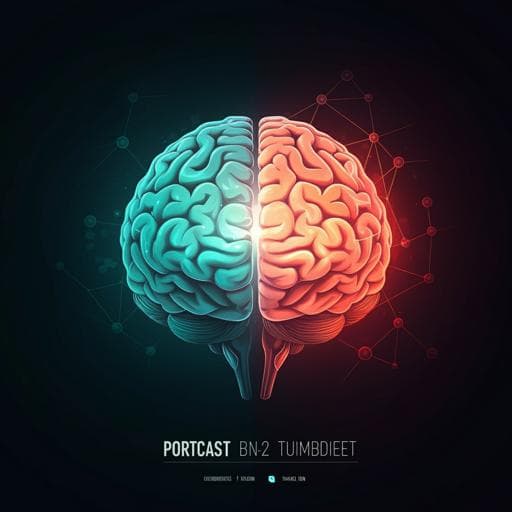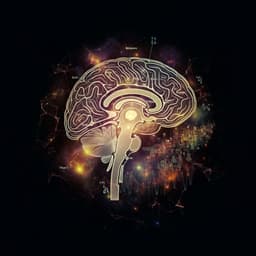
Psychology
fMRI fluctuations within the language network are correlated with severity of hallucinatory symptoms in schizophrenia
C. Spironelli, M. Marino, et al.
This fascinating study by Chiara Spironelli and colleagues delves into the neural correlates of auditory verbal hallucinations in schizophrenia, revealing how abnormalities in the language network may signal a patient's susceptibility to these experiences. Discover the brain's secrets behind these harrowing hallucinations!
~3 min • Beginner • English
Related Publications
Explore these studies to deepen your understanding of the subject.







